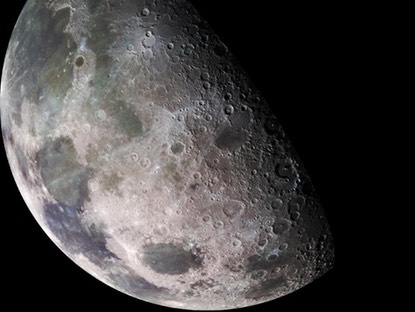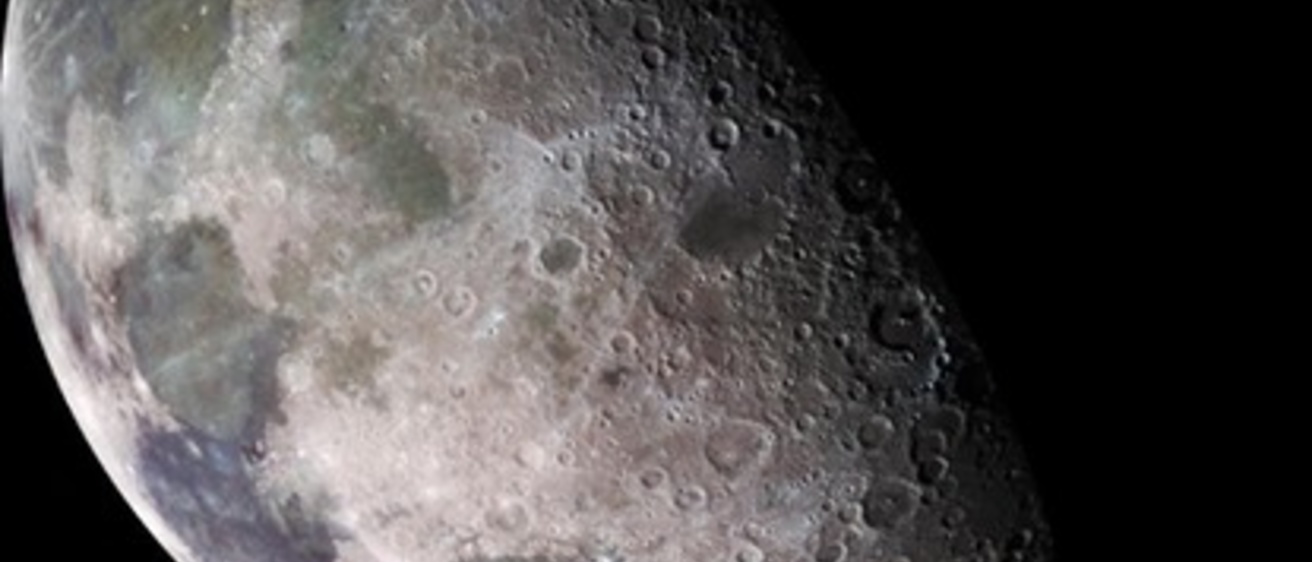
Learning Goals: In this lab, students will study the moon in detail by observing and characterizing some of its surface features. The moons features will be examined with both naked eye telescope observations and with photographic images.
Suggested Observations: A very short exposure image of the Moon, timed so that the Earth-Moon-Sun angle creates long shadows in the Moon's craters.
Challenge: Observe the moon though a telescope and identify lunar features using a lunar atlas.
